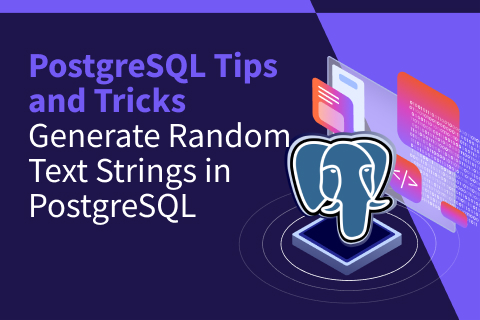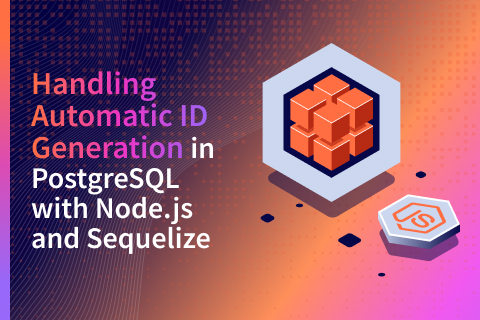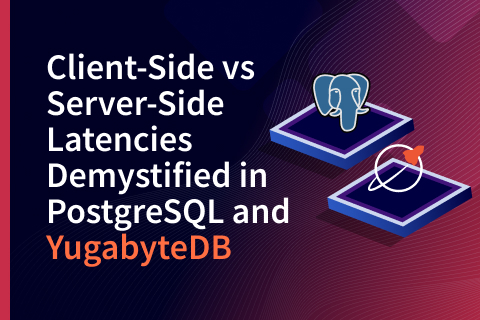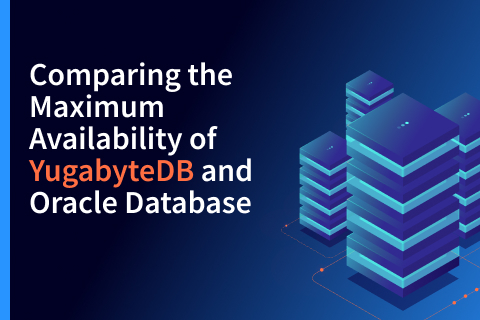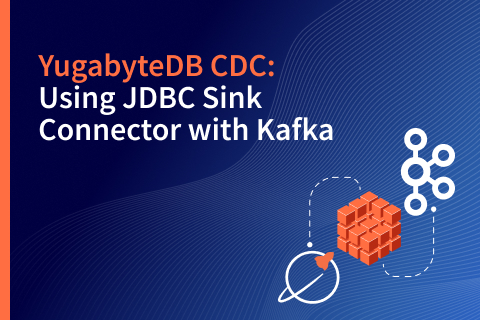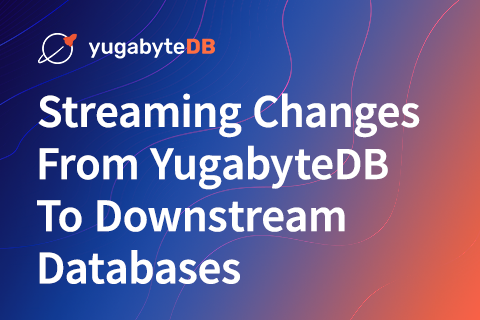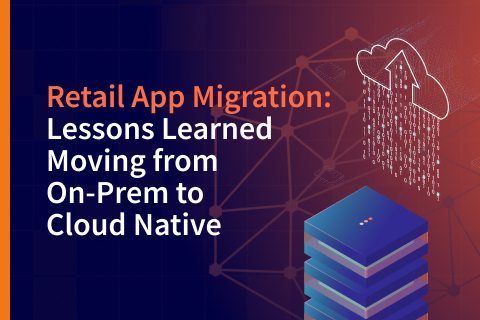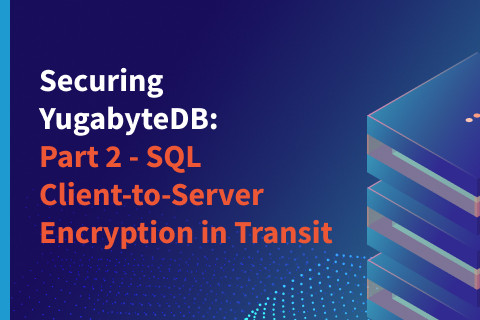Generate Random Text Strings in PostgreSQL
The Orafce extension for PostgreSQL can be used to quickly and easily generate random strings to fill in a text column. Let’s look at an example on how to use Orafce, on either your PostgreSQL database or on a PostgreSQL-compatible database, like YugabyteDB.
